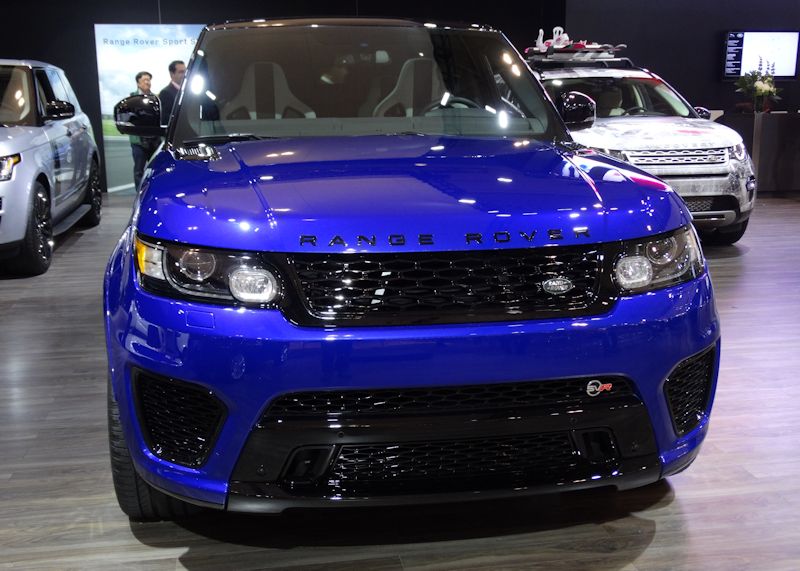
The 2016 Canadian International AutoShow arrives this weekend promising to gather an assorted collection of automobiles. Before going into any depth with the 2016 edition of the Toronto exhibition, I wish to provide some enlightenment to the spirit of the event by profiling last year’s.
While I was able to detail some of the content through articles and with videos on YouTube, I regret that I wasn’t able to write a full review of last year’s Canadian International AutoShow. I’ll sum it up by explaining that I simply froze. Last year’s media day for the Canadian International AutoShow corresponded with one of the coldest days of 2015. In my round-trip to the Metro Toronto Convention Centre, there was about 15 minutes I needed to walk outside. In the morning it was about -15 degrees Celsius and my trip back had me moving through temperatures of -25 degrees Celsius. Between that time, I was inside a convention space where lights and constant movement made it feel like a sauna. I attempted to play a balancing act to insulate myself against the outside elements while not boiling like a lobster. In addition to temperature issues, a momentary loss of a tablet I brought to the show to interact via social media was a blood pressure raising period. Thankfully, the tablet found its way into a member of security at the show after an ordeal that lasted roughly 30 minutes. Unfortunately, the next day was mostly a recovery as I sent the several days following finishing what I could finish.
In my moments of comfort at the 2015 Canadian International AutoShow, it truly was a magnificent exhibition. While the show’s primary focus is the freshly assembled production cars and concept vehicles, the overall presentation with the price of admission is an all-out indoor festival celebrating greatness of motorized wheels.
Following my attendance of the 2015 Canadian International AutoShow, there were some notable highlights that stood out to make my travels well worth some struggles through a frigid cold February day.
Art and the Automobile
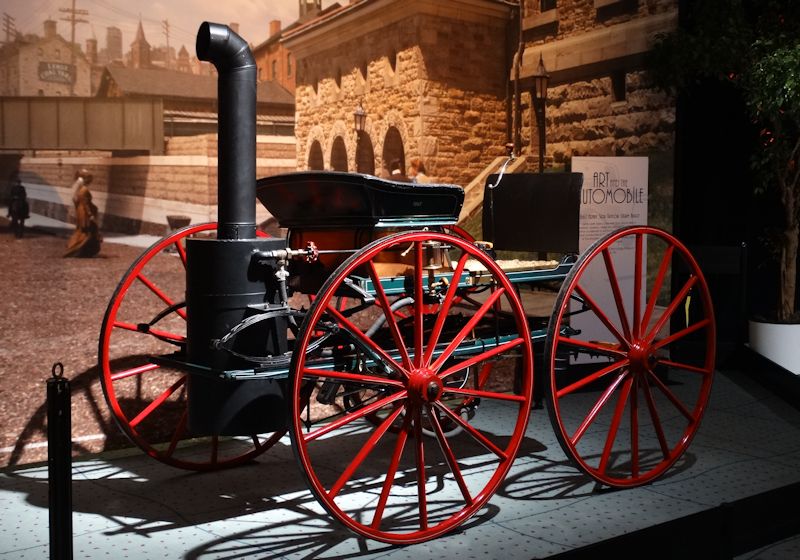
Recognizing new car debuts are perhaps the most important part of the 2015 Canadian International AutoShow, my interest in the history of the automobile alway drives me to spend time (on occasion too much time) at the special exhibits. The 2015 edition incorporated the addition of the Art and the Automobile consisting of some stunningly rare vehicles. Vehicles such as a prototype of the first Ford Mustang, 1948 Tucker Torpedo and a 1963 Chrysler Turbine are just too tempting. While I have been an automotive journalist for sometime, I have so much to see in person. The before-mentioned vehicles I have only read about prior to last year’s appearance at the show.
The Art and the Automobile exhibit also contained a treasure of Canadian motoring called the Henry Seth Taylor Carriage. A steam-engined vehicle completed by a Stanstead, Quebec jeweler and watchmaker in 1867, the 500-pound, brakeless four-wheeled precursor to the automobile illustrated a concept of propelled motion for the first time at a local fair. The aged chassis narrowly avoided the scrapheap during Second World War to be restored and one of the world’s oldest automobiles in 2015. At the 2015 Canadian International AutoShow, the Henry Seth Taylor Carriage was presented close to a 1903 Ford Model B.
Good news ahead for the 2016 Canadian International AutoShow is the return of the Art and the Automobile display promising a fresh slate of vehicle displaying the brilliance of motoring history.
The Ford GT Introduction
A third iteration of the Ford GT was a showstopper at the North American International Auto Show in Detroit in January of 2015. The concept for the 2017 Ford GT shape incorporating active aerodynamics and performance from a next-generation variant of Ford Motor Company’s EcoBoost V-6 engine power was an understandably welcomed addition in Toronto.
The Easter egg moment of the Blue Oval brand’s 2015 Canadian International AutoShow’s presentation came with a net benefit to jobs in this country. The announcement that the new Ford GT would be assembled using the expertise of Canadian performance engineering company Multimatic was uplifting news for the automotive industry.
Crossover Vehicle Madness

The 2015 Canadian International AutoShow was marked by four high-profile new or significantly refreshed crossover utility vehicles.
The 2016 Chevrolet Equinox was perhaps the least provocative of the crossover vehicle introductions but carried the cache of being the product of Ingersoll, Ontario backed by an investment from General Motors.
Substantially redesigned, the introduction of the 2016 Honda Pilot incorporated increased interior space and the brand’s Earth Dreams propulsion philosophy. Both the Chevrolet Equinox and Honda Pilot were same-day premieres in Toronto that corresponded with activities at the Chicago Auto Show. For Canadian International AutoShow press in 2015, we enjoyed the exclusive pleasure of a surprise appearance by Verizon IndyCar Series driver James Hinchcliffe.
Two other crossovers sourced from Germany's Audi brand and British-derived Jaguar Land Rover appealed to a more refined motoring taste. The freshly restyled 2017 Audi Q7 seven-passenger luxury crossover shaves 325 kilograms or 716.5 pounds from the total weight of the previous model. Land Rover led itself through the first step across a new territory with the introduction of their SVR performance line. Billed as the fastest Land Rover ever built, the Range Rover Sport SVR packed a supercharged 5.0-liter V-8 engine producing close to 550 horsepower allowing it to run from 0 to 100 kilometres per hour in 4.7 seconds.
Radical Production-Destined Pickup Trucks
Ford Motor Company’s 2015 appearance at the Canadian International AutoShow was full of high energy. Firstly for the before-mentioned GT supercar, Ford’s presence also included the 2017 Ford F-150 Raptor. An enhanced off-road performance truck following the SVT Raptor, the 2017 F-150 Raptor’s new style shares the conventional half-ton variant’s transition to aluminum body construction. Instead of a 6.2-liter V-8, the 2017 model year version of the off-road warrior pickup truck will receive Ecoboost V-6 engine power.
The Ram brand of Fiat Chrysler Automobiles brought two new versions of their full-sized pickup truck to the 2015 Canadian International AutoShow. The first was the 2016 Ram 1500 Rebel with tailored equipment for off-roading. Making a same-day debut to the press introduction, a new high-end Laramie Limited trim level featured a unique front grille as well as luxury interior appointments.
Nissan latest attempt to take a meaningful market share from the Detroit Three automakers was also communicated in 2015 with their latest Titan. The 2016 Nissan Titan XD boasted a new Cummins 5.0-liter V-8 turbocharged diesel powerplant. The new diesel-powered Titan pickup truck generates a brawny 555 pound feet of torque serving as enough momentum to tow a maximum weight of over 12,300 pounds.
Chevrolet Bolt EV Concept’s Shocking Presence
Electrification of automobiles is a trend that is here to stay. No longer does automakers and consumers look at an electric car as a quint novelty. In Detroit last year, Chevrolet unveiled a fully-electric concept car carrying some considerable weight. The compact-sized Chevrolet Bolt EV Concept showcased some far-reaching technologies such as a nano-composite rear cargo hatch and autonomous parking system. Though the immediate production of some of the Bolt EV Concept’s features was question, Chevrolet strongly committed to a production example of the 200-mile electric car.
Chevrolet has repeated its recent history when exhibiting electrified concept cars. Just as the Volt plug-in hybrid became a production reality, the Bolt EV Concept received the greenlight by the time the 2015 Canadian International AutoShow was held. For 2016, the production version Chevrolet Bolt EV will make its first Canadian appearance in Toronto.
Toyota i-Road
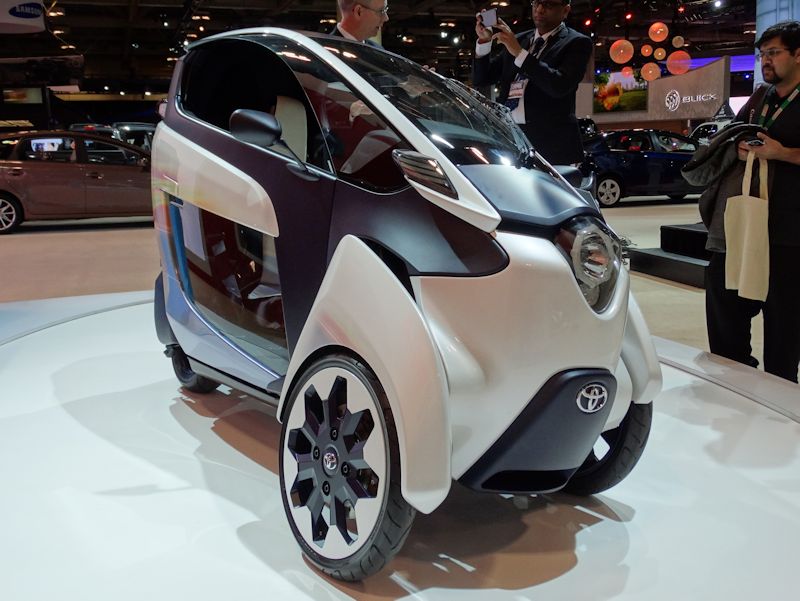
The whole 2015 Canadian International AutoShow display provided by Toyota was a marvellous collection of the automaker’s wide array of engineering. On a platform was the Toyota FT-1 concept supercar while a Le Mans Prototype show car was also present.
Combining the agility of a motorcycle with the stability and protection associated with a car, the Toyota i-Road made a demo appearance at the 2015 Canadian International AutoShow. A two-passenger electric car, the i-Road involved several unique traits such as an ultra-narrow design and the ability to lean into corners for optimum control.
The Toyota i-Road is more than just another nifty idea. In Tokyo and Toyota City, Japan as well as Grenoble, France, this vehicle is currently roaming the streets as a part of verification projects.
All photos and video clip in this presentation were compiled by Chris Nagy

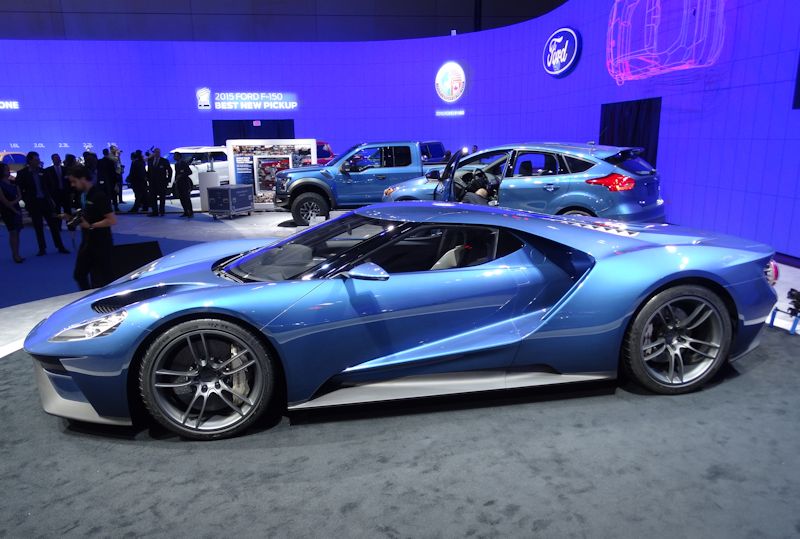

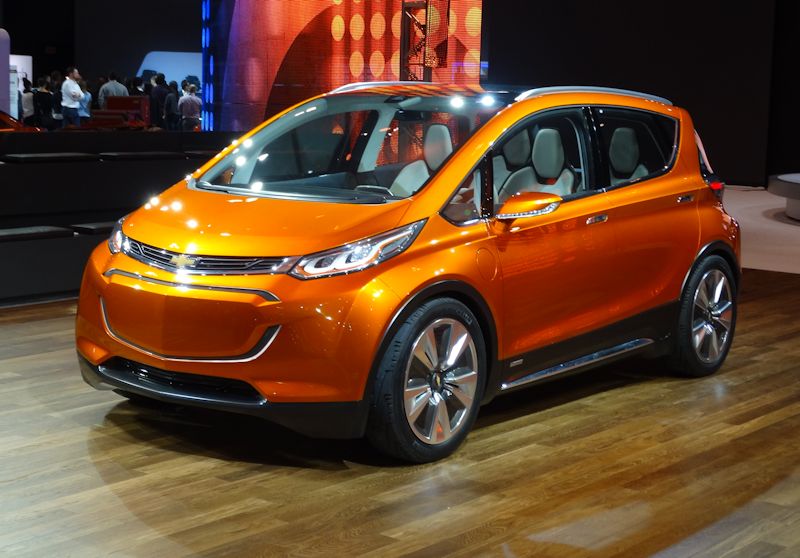
Comments
Post a Comment